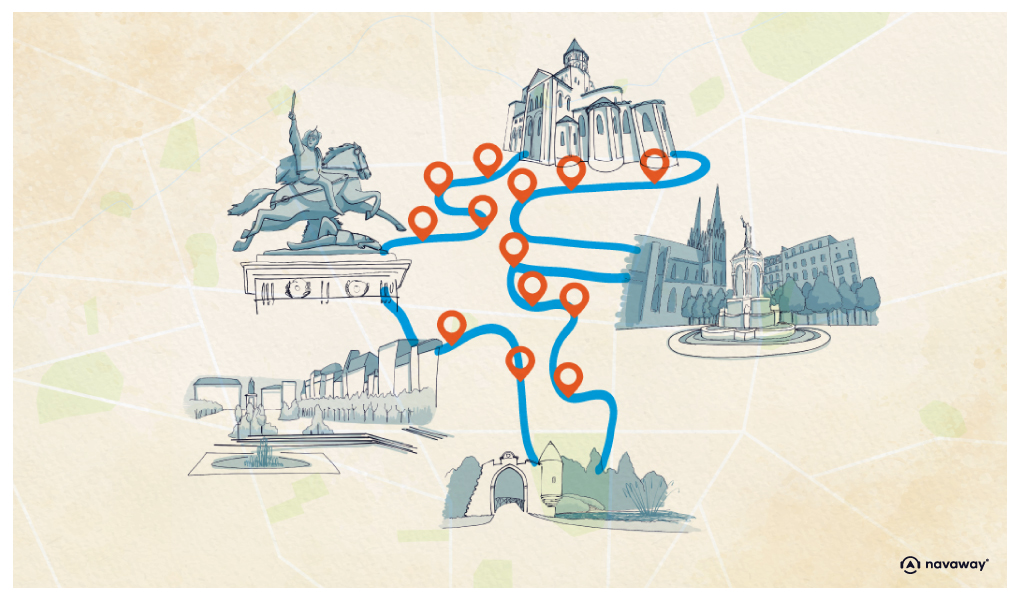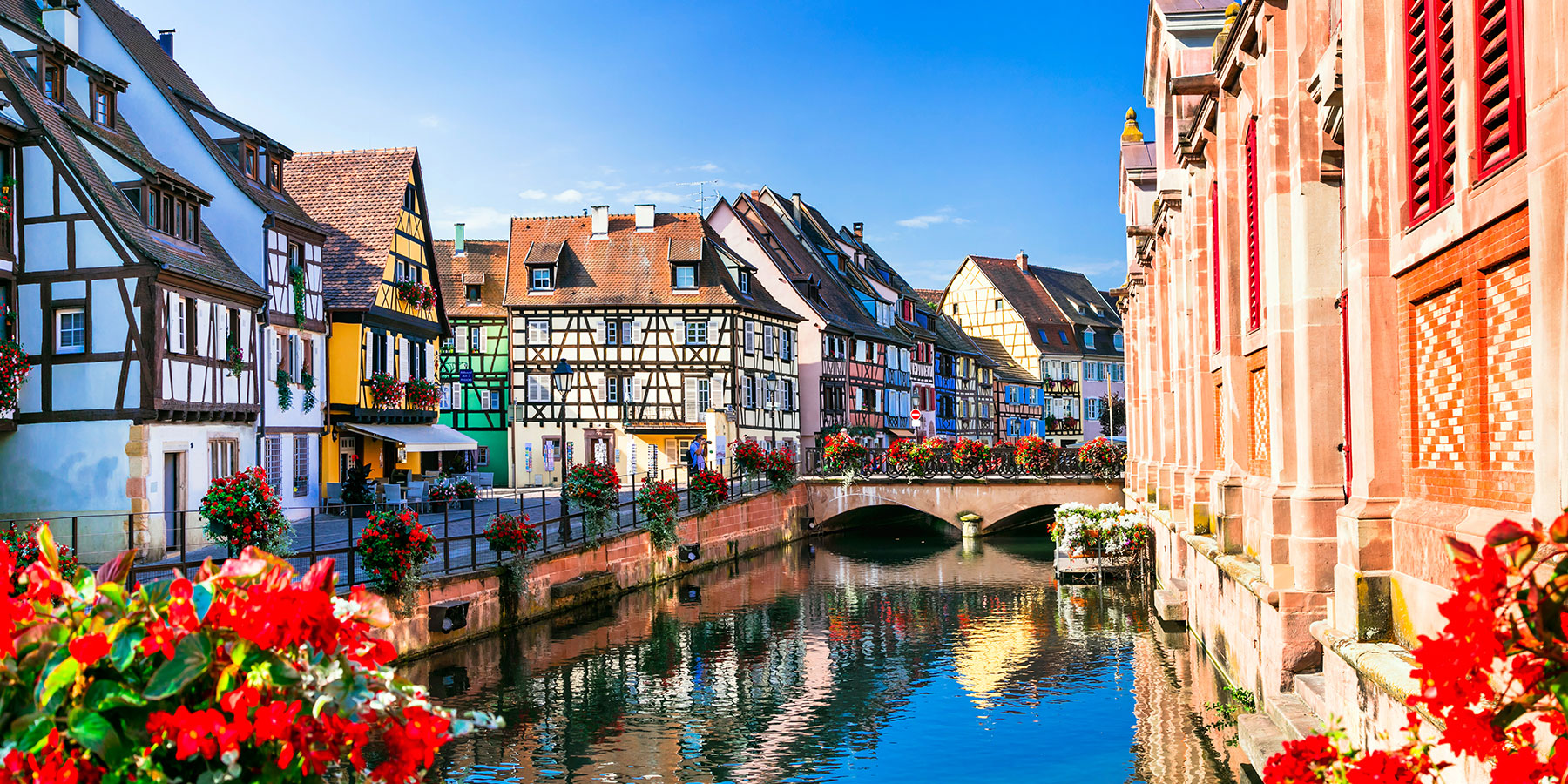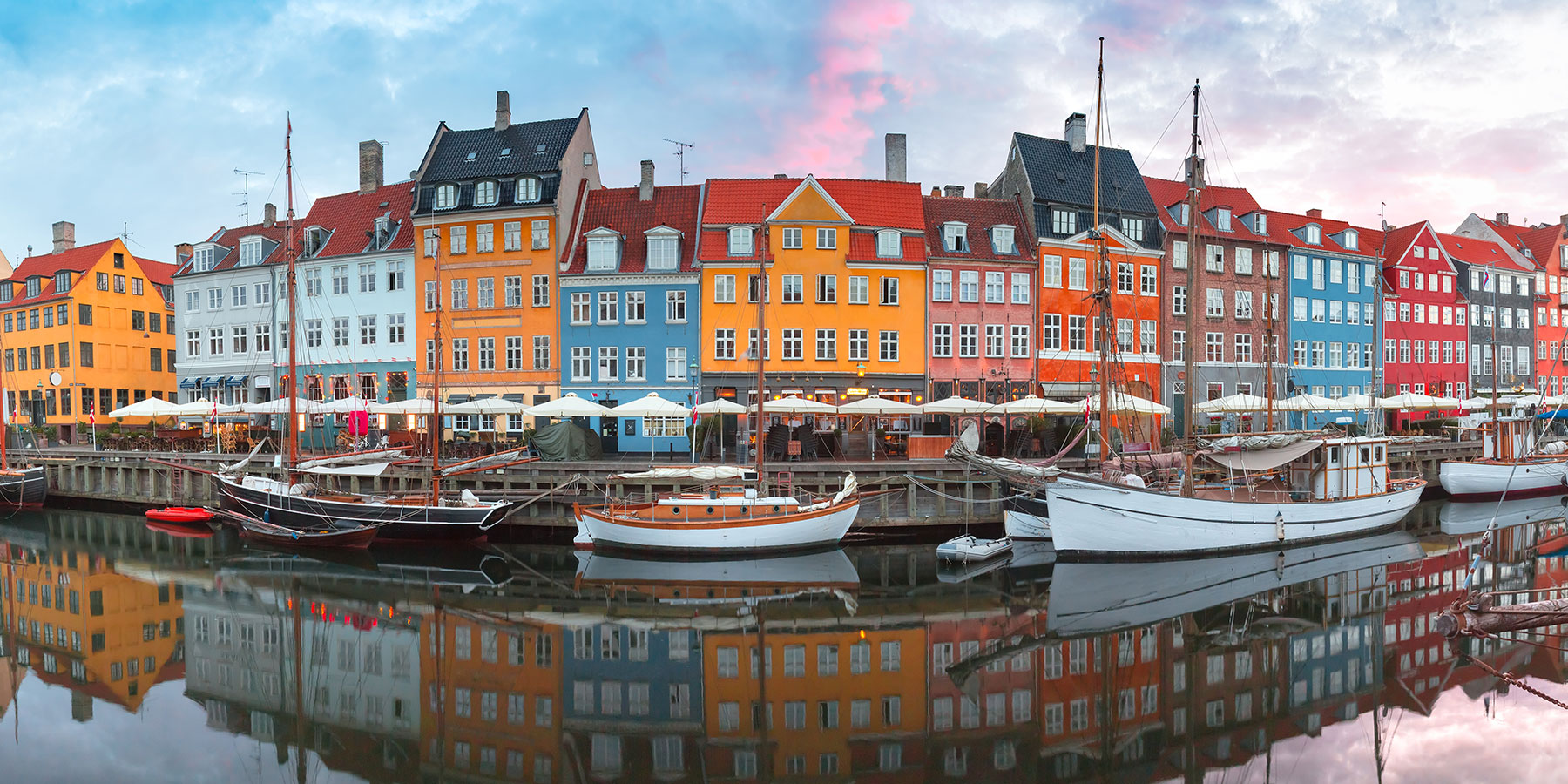
Amboise Fountain

This point of interest is available as audio on the tour: Visit Clermont-Ferrand, The Black Diamond of Auvergne
On this small square, once known as Place de la Poterne, the Amboise Fountain features a statue carved from Volvic stone — a volcanic rock widely used throughout the Puy-de-Dôme region. It comes from the lava flows of La Nugère, one of the volcanoes in the Chaîne des Puys — a chain of extinct volcanoes stretching across the region. If the name Volvic rings a bell, it’s probably because it’s this same volcano that gives us the famous Volvic mineral water. Like the cathedral, the Amboise Fountain displays shades of grey and black, which contrast beautifully with the small green lawns that surround the square. It was built in 1515 by Jacques d’Amboise, bishop of Clermont and member of a wealthy noble family. He’s also known for commissioning the Hôtel de Cluny in Paris, originally the residence of the abbots of Cluny, one of the most powerful religious orders in medieval France. The fountain’s architecture combines Gothic structure with Renaissance decoration, a style that was just beginning to spread across Europe — and one that strongly influenced Jacques d’Amboise in his designs. This is actually the oldest fountain in the city. Locals affectionately call it “La Voyageuse” — “The Traveller” — because it’s been moved many times throughout its history. With its three stacked basins, the Amboise Fountain once provided drinking water to the people of Clermont. Today, it remains a striking decorative feature and a symbol of the city’s long history and architectural heritage.


Discover Clermont-Ferrand with app
An interactive guide through the most beautiful streets, squares, and districts
21 fun audioguides full of historical facts, anecdotes, and legends





Comments